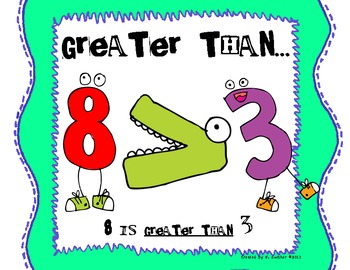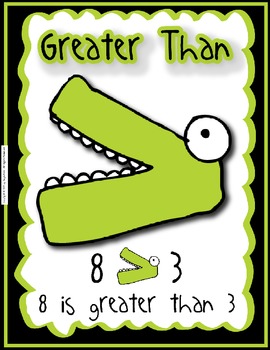


We’re now going to get slightly more technical, so try your best to follow along! It’s okay if this doesn’t make total sense, I’ll clarify the “moral of the story” at the end.

For example, if you have a point W = (w1, w2) in the xy-plane, the distance of that point from the origin is the square root of the sum of the squares of w1 and w2. You’re probably already familiar with something called the L2-norm, which is how you find the distance to a point in geometry. To do this, we use something called L1-norms, known to promote sparse solutions! L1-Norms Turns out there are actually infinitely many S that satisfy the equation y = CℱS, so the real question is how do we find sparse S to successfully compress the image? We like sparse solutions because they can be compressed more easily (since most of the entries in the array are zero), meaning they need less storage, thereby making solving problems with them a lot more efficient! If we do this, then we can inverse transform to get back to something accurate to the original image x. So we have some measure y (the first image on the top left), and we want to try to solve for a sparse vector S that is consistent with y. After all, a picture is worth 1000 words, and we don’t want that to become like 10. Turns out, we have this same difficulty of trying to simplify information in the field of compressed sensing! We start out with some high-dimensional signal, like an audio or image (which typically takes a lot of energy and storage to work with), and we want to compress it without losing too much of its quality or information in reconstruction. That means that this wouldn’t be a very good article (and that I’m not a very good writer), and we can’t have that. There would definitely be a major loss of information-you’d probably have no idea what in the world we’re talking about, nor could you reconstruct the missing information with the tiny glimpse you got from a few words.
#Clip art images of greater than less than equal to free
Wouldn’t it be nice if this article was over in just a couple sentences? It’d certainly be less work for both of us and free up some time to binge Netflix.I mean, read a book. Gems in STEM: A Brief Discussion of Sparsity


 0 kommentar(er)
0 kommentar(er)
